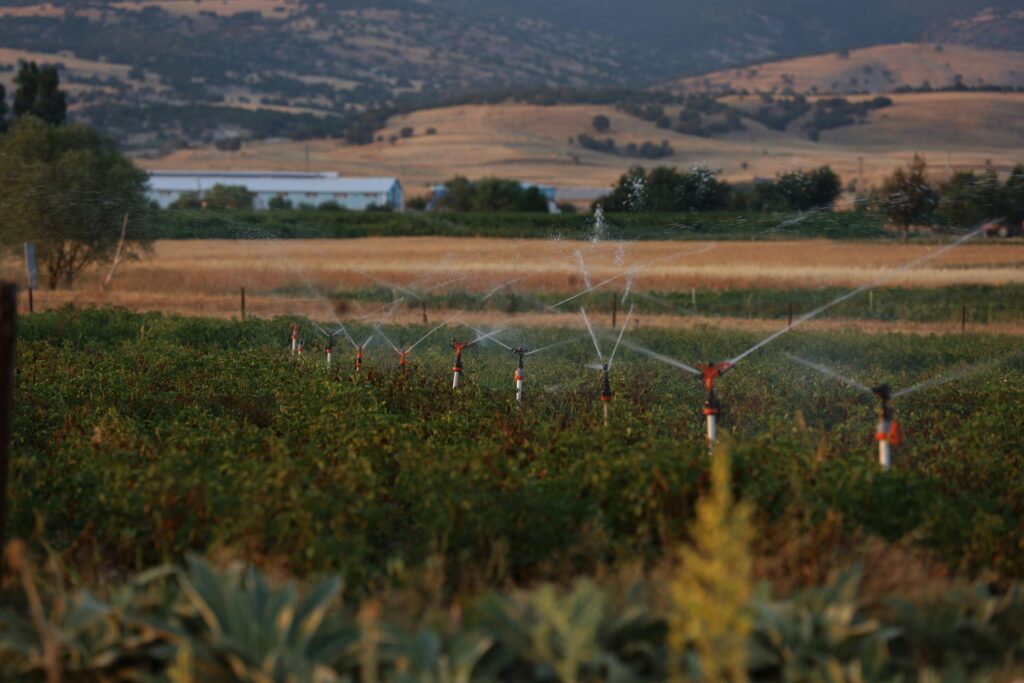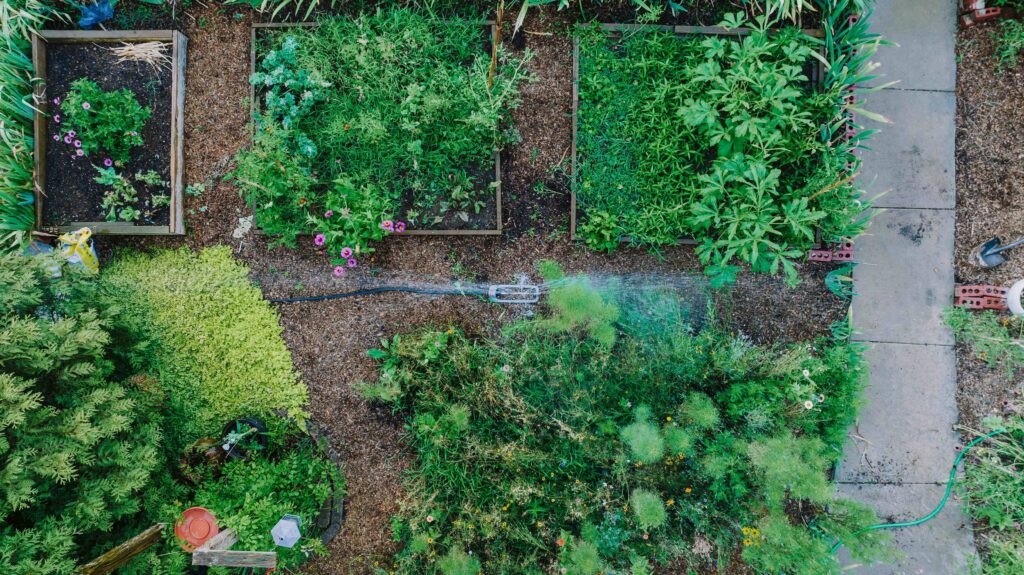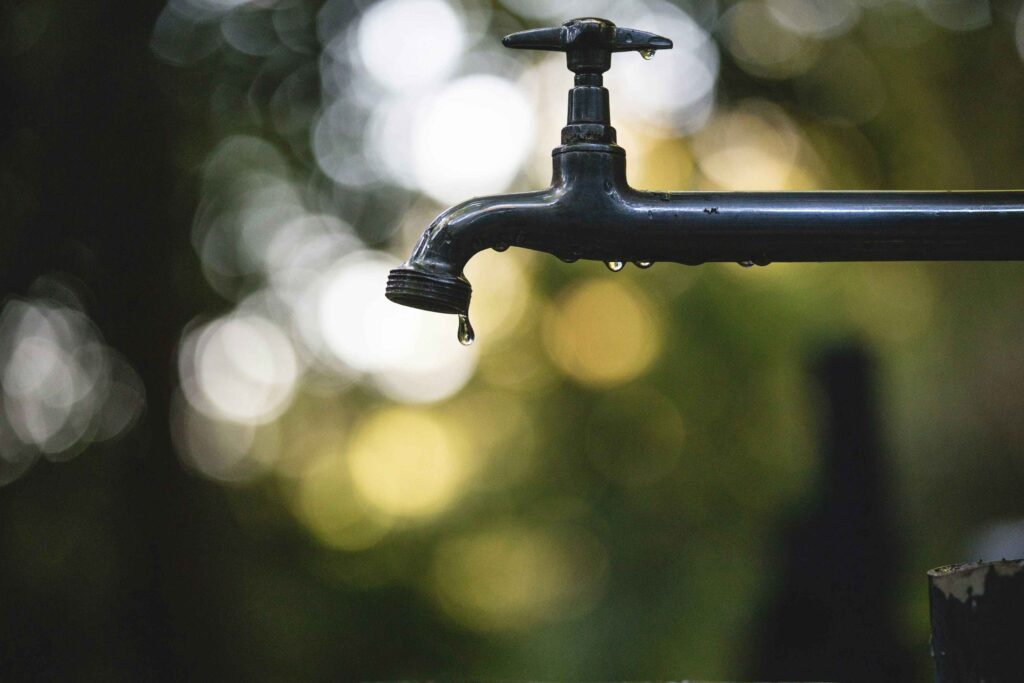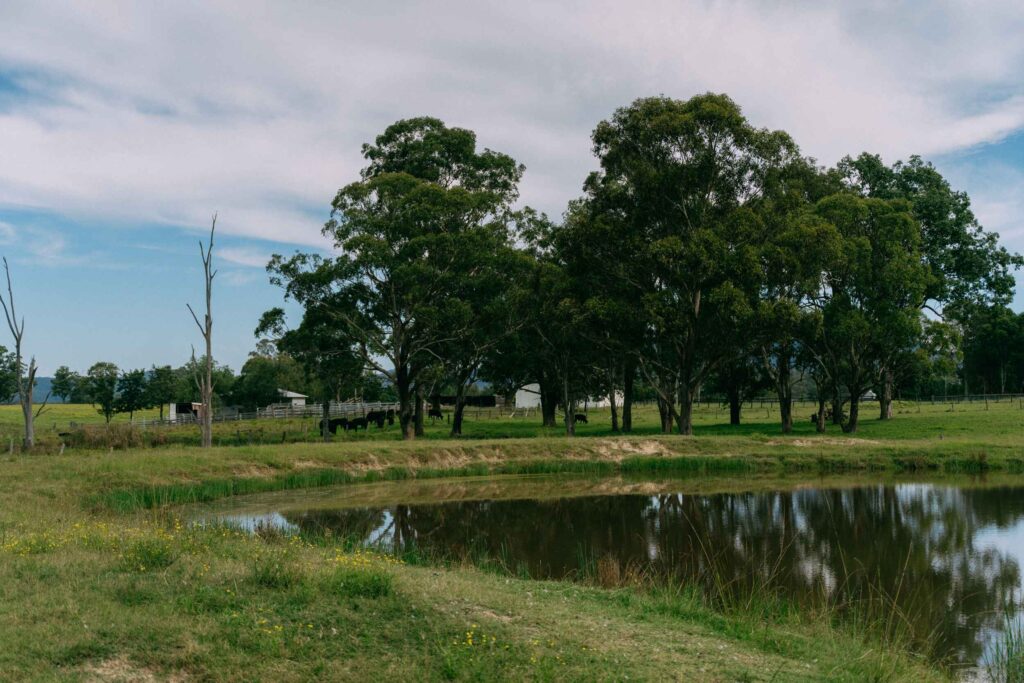As climate patterns grow less predictable and input costs continue to climb, efficient water use has become one of the most valuable tools available to Australian farmers. Whether you’re managing a few acres of vegetables or hundreds of hectares of pasture, a well-designed irrigation sprinkler system can reduce water waste, improve crop consistency, and deliver meaningful cost savings over time.
In 2025, smart sprinkler systems aren’t just for large-scale operations or government-backed projects-they’re increasingly accessible to small and mid-size farms. And with multiple state and federal water efficiency programs in place, upgrading or refining your irrigation system is more affordable than ever.
This guide breaks down the most effective sprinkler irrigation methods for Australian farms today, the latest technologies available, and how to make the right choice based on land type, crops, and climate.

Why 2025 Is the Year to Optimise Your Irrigation System
The Bureau of Meteorology has projected below-average rainfall across key agricultural regions during winter and early spring this year. In parallel, many water authorities are updating allocation rules, pricing structures, and usage limits. In this climate, a leaky, inefficient or outdated irrigation sprinkler system isn’t just a maintenance issue-it’s a profit risk.
Irrigation technology has come a long way in recent years. From low-pressure rotating sprinklers to systems controlled by soil moisture data and localised weather feeds, farmers now have access to precision irrigation that adapts to changing conditions automatically.
In short: there’s never been a better time to review your sprinkler setup.
Types of Irrigation Sprinklers for Farming in Australia
Choosing the right sprinkler system depends on your crop type, field layout, soil conditions, and available water pressure. Below are the most common types used on Australian farms in 2025:
1. Impact Sprinklers
Best for: Broadacre crops, pastures, orchards
Coverage: 5–15 metres per head
Cost: Moderate
Water efficiency: Medium
Impact sprinklers are the traditional metal or plastic units that rotate in a circular motion, delivering consistent coverage at a relatively high pressure. They’re tough, easy to maintain, and can be spaced far apart-ideal for large fields. However, they tend to lose more water to wind and evaporation, making them less ideal in arid climates or windy regions.
2. Rotary Nozzle Sprinklers (Gear-Driven)
Best for: Market gardens, small-scale crops, landscape areas
Coverage: 3–9 metres per head
Cost: Moderate
Water efficiency: High
These slow-rotating heads distribute water more evenly and gently, using multiple streams. They’re ideal for reducing runoff and overspray, especially in tight row layouts or on sloped ground. Many newer models work well at lower pressures, making them suitable for solar pump setups and gravity-fed systems.
3. Centre Pivot and Lateral Move Systems
Best for: Large-scale grain, fodder, and cotton operations
Coverage: Dozens of hectares per unit
Cost: High upfront, lower long-term labour
Water efficiency: High when properly calibrated
Centre pivots dominate large cropping areas across NSW, QLD, and WA. They offer a set-and-forget automation benefit and can be integrated with variable rate irrigation (VRI) tech to adjust water volumes in different field zones. These systems require high capital investment and ongoing maintenance but offer excellent water use efficiency when fine-tuned.
4. Micro-sprinklers and Sprayers
Best for: Orchards, vineyards, tree crops
Coverage: 1–4 metres
Cost: Low per unit, scalable
Water efficiency: Very high
Micro-sprinklers deliver precise, low-volume irrigation directly at the plant’s base. They’re commonly used in permanent plantings to keep the root zone moist while minimising water waste. With proper filtration and spacing, they can also reduce fungal disease by keeping foliage dry.

Choosing the Right Irrigation Sprinkler System for Your Farm or Garden
To choose the right system, consider:
1. Crop Type
- Leafy greens, berries, and root vegetables benefit from gentle, even coverage-use rotary or spray heads.
- Tree crops and vines do best with micro-sprinklers targeting the root zone.
- Broadacre cereals and pasture call for impact heads or centre pivots with wide coverage.
2. Soil and Terrain
- Sandy soils drain quickly and need slower, more frequent watering-choose low-flow heads.
- Clay soils retain water longer-opt for systems with better spread and slower application rates to avoid pooling.
- Sloped land? Rotary nozzles and micro-sprinklers reduce runoff risk.
3. Water Pressure and Availability
- If you’re on tank or bore water, or using solar pumps, aim for low-pressure systems like micro-sprays or rotary nozzles.
- For mains water or diesel pumps, you can consider higher-pressure systems like impact or centre pivots.
4. Budget and Labour Capacity
- A small market garden might get by with $500–$2,000 worth of rotary heads, valves, and timers.
- A 10-hectare pasture setup with impact sprinklers and solid-set risers might run $15,000–$25,000.
- Large operations using pivots or lateral moves start at $80,000+, but require minimal hands-on time per hectare once installed.
Installation and Maintenance Tips
- Use filters if drawing water from dams or bores. Even small grit will clog nozzles and wear out seals.
- Zone your fields: Break up irrigation into zones to maintain pressure and avoid water wastage.
- Install pressure regulators for systems using gravity feed or fluctuating sources like solar pumps.
- Flush systems regularly to clear sediment, especially micro-sprays.
- Automate with timers or soil moisture sensors to save labour and water.
Government Rebates and Support (2025 Update)
Several Australian states are offering water efficiency grants for farmers upgrading to smart irrigation:
- NSW Farm Innovation Fund: Up to $1 million in low-interest loans for infrastructure including irrigation.
- Victoria On-Farm Irrigation Efficiency Program: Cost-sharing for system upgrades in irrigation districts.
- WA Waterwise Farming: Rebates on smart controllers and low-flow nozzle retrofits.
Check your local natural resource management (NRM) group or state ag department for eligibility.
Cost & Savings: Realistic Scenarios
| Setup | Area Covered | Initial Cost | Annual Water Saving | Labour Saving |
| Market Garden (rotary nozzles) | 1 acre | ~$1,500 | 20–30% water saved (~$350/year) | 2–3 hours/week |
| 10ha Pasture (impact heads) | 10 hectares | ~$20,000 | 10–15% water saved (~$1,500/year) | 8–10 hours/week |
| Broadacre Cropping (pivot system) | 50–100 hectares | $90,000+ | 20–40% water saved (~$5,000–$15,000/year) | 1–2 hours/week |
Over time, a well-designed sprinkler system pays for itself in saved water, time, and better yields-especially with changing rainfall patterns and rising input costs.
Final Thoughts
As climate volatility increases and water becomes more tightly managed, upgrading to the right sprinkler system isn’t just smart-it’s essential. Whether you’re growing lettuce or lucerne, precision irrigation makes your farm more resilient, efficient, and profitable. And with tech like soil sensors, app-based timers, and solar-powered pumps, even small-scale setups can now access irrigation tools that were once reserved for big players.


